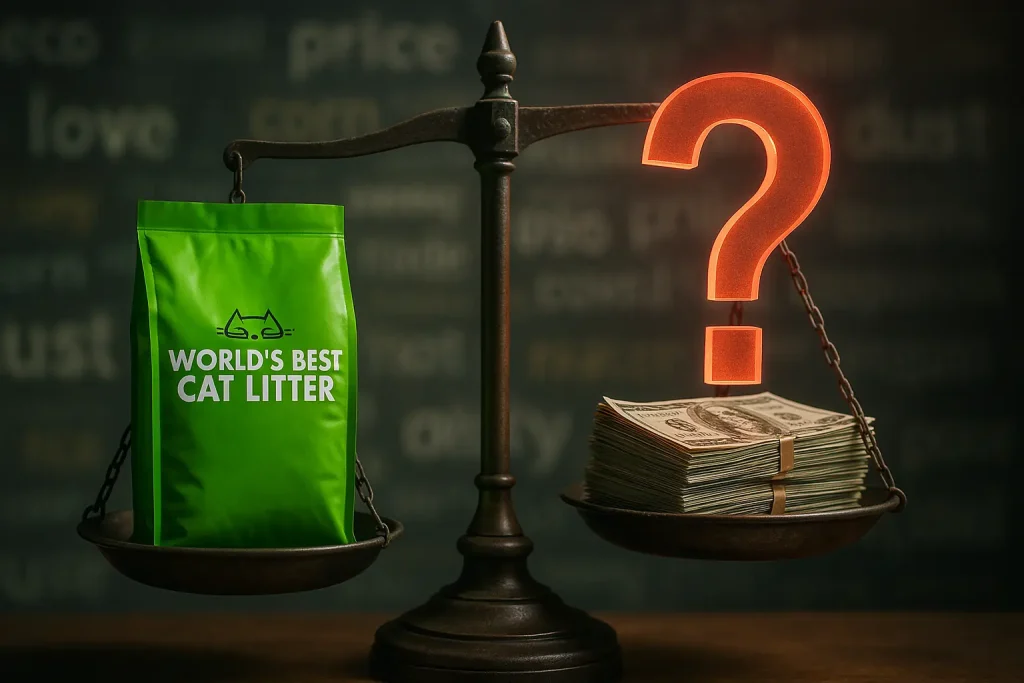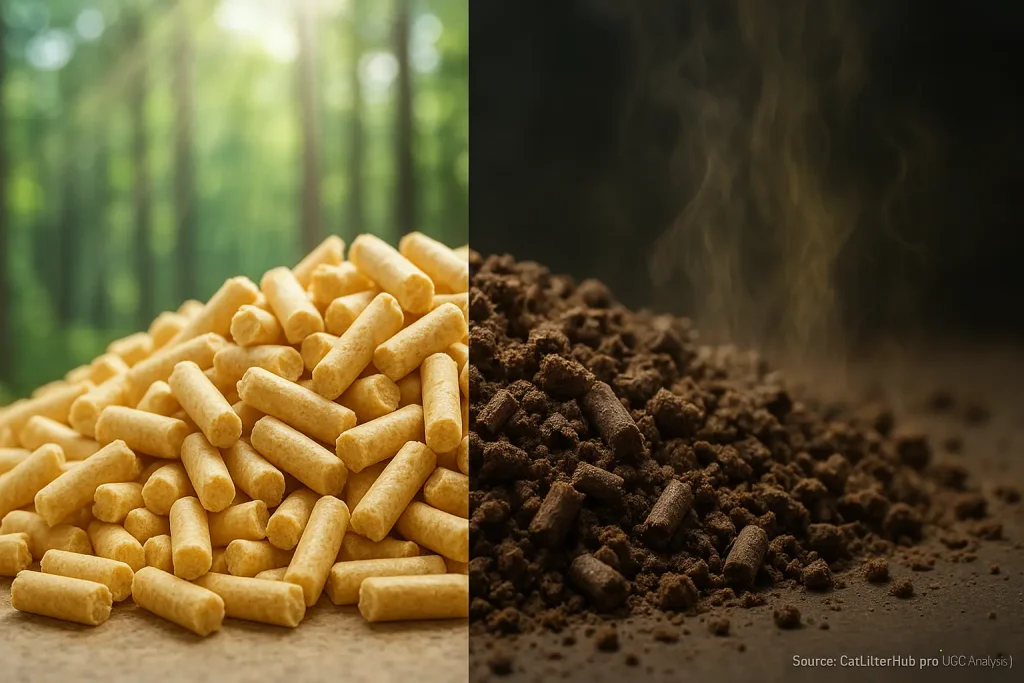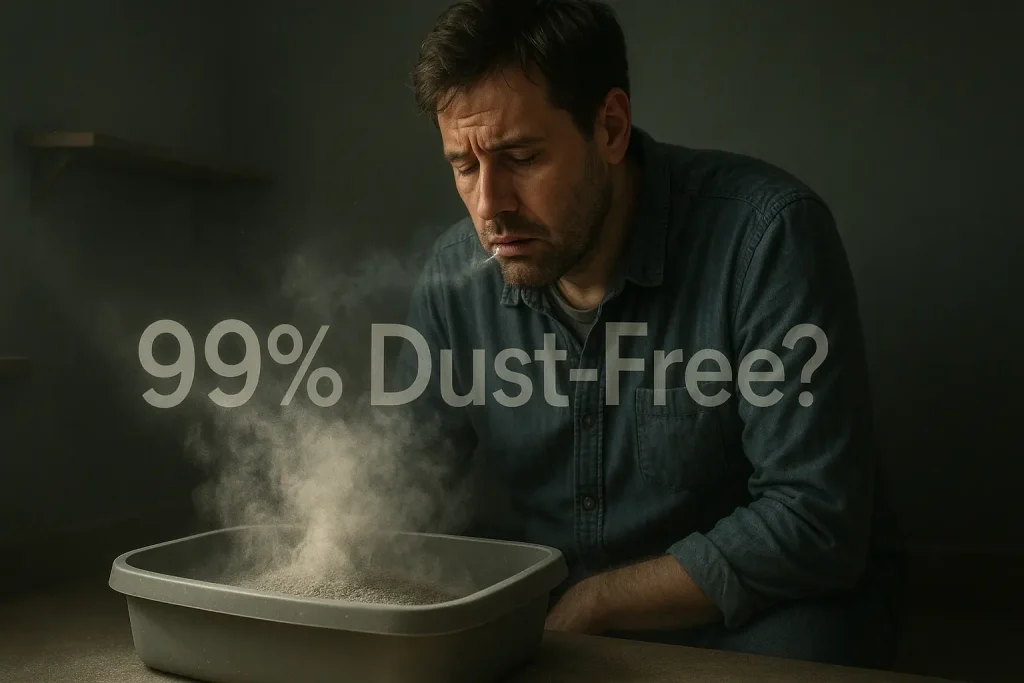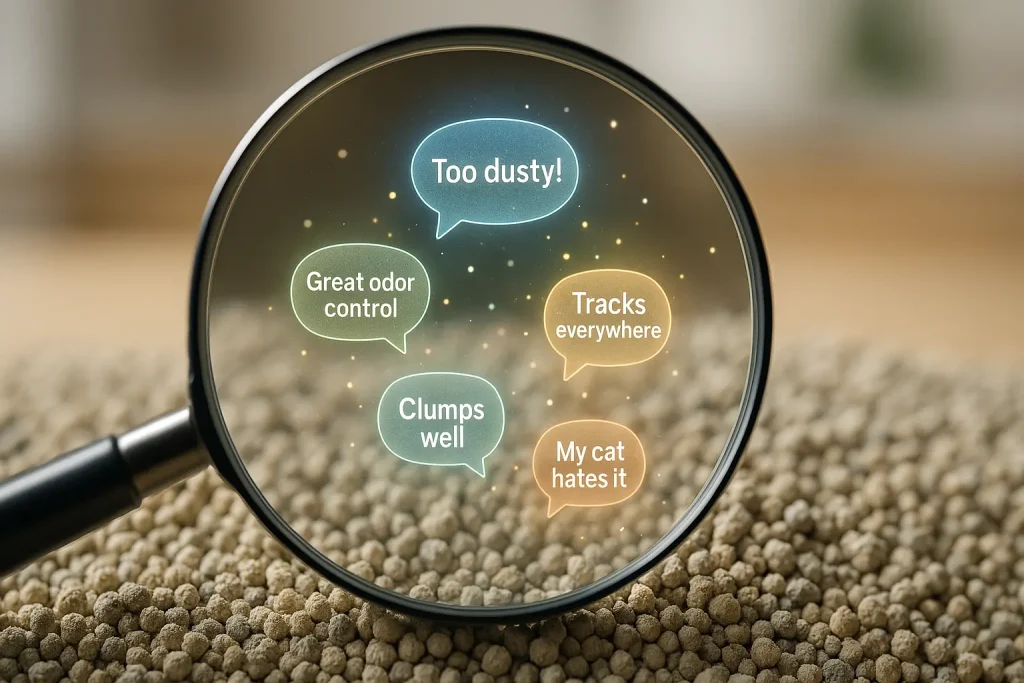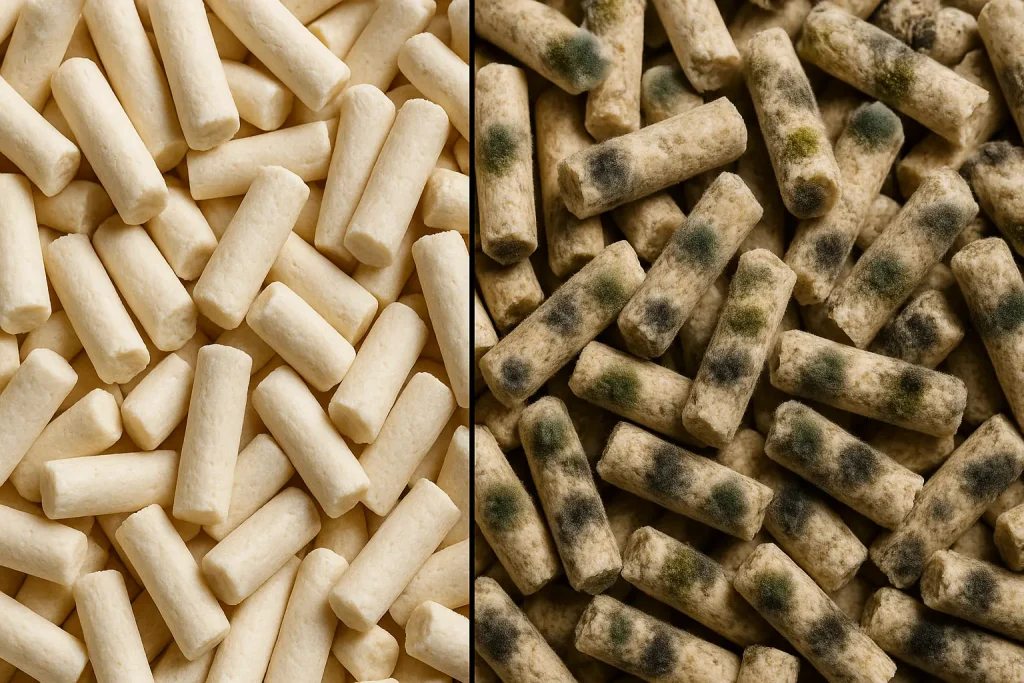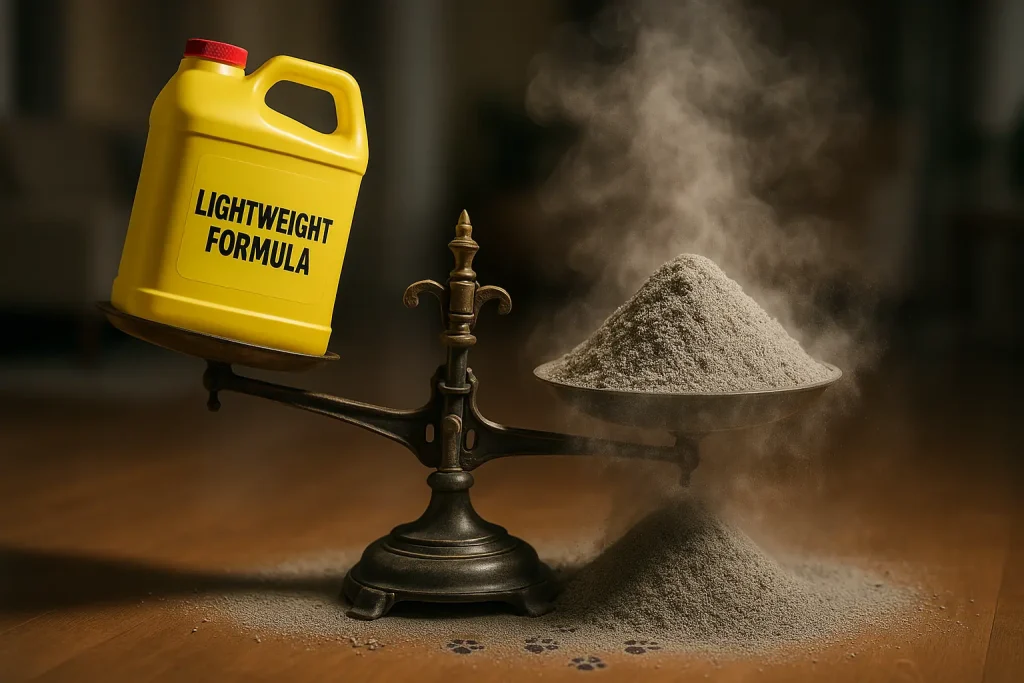The Fluffy Frustration: Why Long-Haired Cats & Litter Don't Always Mix
Owners of magnificent long-haired cats often face unique litter box struggles. That glorious fur, a hallmark of breeds like Persians and Maine Coons, unfortunately acts like a super magnet for stray litter granules. Many cat parents will tell you about the constant battle against tracked litter. It appears on floors, furniture, and even in their beds, a daily reminder of the "fluffy frustration."
This persistent litter adherence leads to more than just a messy house. A frequent lament we see in user forums involves painful fur mats. Imagine your beautiful Ragdoll wincing as you try to detangle sharp litter bits from their delicate undercoat. Even more distressing for countless owners are the unsanitary "dingleberries" that form when litter clings stubbornly. These issues cause significant stress for both cats and their dedicated people.
The core problem? Many standard cat litters are simply not designed with these special needs in mind. Countless user experiences confirm this. The texture, weight, and shape of granules in common litters can dramatically increase how much sticks to long fur. This oversight means many products inadvertently worsen the tracking and matting issues for long-haired felines.
But there is good news for owners navigating this challenge. This guide dives deep into what real owners of these majestic long-haired cats have discovered. We've analyzed the collective wisdom from thousands of reviews. Their shared experiences reveal the most effective litters and practical strategies to conquer these fluffy frustrations, leading to a cleaner home and a happier, more comfortable cat.
"Less Stick, Less Track, Less Stress": Key Litter Attributes Long-Hair Owners Swear By (UGC)
Long-haired cats often carry litter. It's a common frustration. Owners of breeds like Ragdolls or Siberians frequently discuss this challenge. The collective wisdom from thousands of user reviews points to a clear solution. Heavier, larger litter granules dramatically reduce tracking. These granules resist clinging to long fur. They are less likely to be kicked far. Imagine: far fewer stray particles on your floors. Many cat parents celebrate this specific outcome.
"Litter-britches" are a dreaded sight. Painful fur mats can follow. User forums are filled with pleas for solutions. Specially coated or non-sticking litter granules emerge as a top recommendation from these discussions. These litters prevent particles from cementing onto fur. One owner expressed immense relief. Their Persian no longer suffered from "cemented pantaloons" after switching litters. This prevents discomfort. It also simplifies grooming.
Dust is another major concern. Fine powder clings to long coats. Cats then ingest this dust during grooming. User feedback consistently highlights the benefits of truly low-dust formulas for these breeds. Less dust means a cleaner cat. It also means a cleaner home environment. Some owners notice improved respiratory comfort in their cats too. The reduction in airborne particles is a welcome relief for everyone.
What's truly revealing from our analysis of user priorities? For many long-haired cat owners, these physical litter characteristics—tracking, sticking, dust—often outweigh other factors. Odor control? Clumping? Secondary. The daily battle against litter spread and fur contamination becomes the primary concern. Owners will frequently compromise on scent if a litter excels in minimizing these physical nuisances. This practical trade-off is a recurring theme in their experiences.
User-Approved Litter Types & Specific Recommendations for Long-Haired Breeds (UGC Top Picks)
Pellet litters frequently emerge as top choices for long-haired cats. Their larger size significantly reduces tracking problems. Many owners of breeds like Maine Coons and Persians report dramatically cleaner homes after switching. These pellets simply do not cling to long fur. Wood, paper, and select grass-based pellets consistently receive high marks in user feedback for these non-sticking qualities. Imagine your cat, fur pristine, leaving the box. This is a common user experience.
Larger-granule crystal litters also gather positive mentions from the community. User experiences highlight their excellent low-dust characteristics. The smooth, larger silica crystals rarely entangle in luxurious coats. A recurring theme in owner reviews? Less grooming stress for cats and less clean-up for people. Some cats, however, may initially resist the unique texture under their paws. A gradual introduction often helps, according to seasoned cat parents. Patience is key.
While many fine clay litters present tracking challenges, some owners find workable solutions. Heavier, larger-granule clay formulas, often marketed as 'low-track,' can be viable options. These are less frequent recommendations but do appear in user discussions about long-haired breeds. Across all successful litter types, one preference is nearly universal. Unscented. The collective wisdom of long-haired cat owners strongly advises avoiding added fragrances. Dense fur, as countless reviews point out, can trap these scents, potentially leading to skin irritation or respiratory issues for sensitive felines.
So, what's the most crucial insight from thousands of owner experiences with long-haired cats? Litter type and its physical form often outweigh brand loyalty significantly. Finding the right texture and granule size becomes paramount for these breeds. This focus on form over specific brand names is a consistent pattern Cat Litter Hub’s analysis of user data reveals. Experimentation with these user-approved types, rather than just brands, frequently leads to the best, cleanest outcome for both cat and owner.
Beyond the Litter: Essential Grooming & Box Setup Hacks from Long-Hair Pros (UGC)
Long-haired cat care demands more than just the right litter. Experienced owners emphasize proactive grooming. Daily brushing is their non-negotiable first defense. This routine targets problem zones: pantaloons, belly fur, and those tricky paw tufts. Consistent grooming directly prevents litter clinging and mat formation, a truth echoed in countless community discussions.
Your litter box choice profoundly influences containment, a fact many long-hair cat parents have discovered. High-sided litter boxes earn strong user endorsements; they effectively contain enthusiastic digging. Top-entry boxes are another community-praised solution. These designs minimize external litter scatter, a huge relief for owners.
A quality litter mat is crucial. This insight comes directly from seasoned long-hair cat owners. Many describe dual-layer honeycomb mats as "a lifesaver!" for their efficient granule trapping. Deep-grooved mats also receive strong user endorsements, expertly catching particles from long fur. This investment significantly cuts daily sweeping. Smart move.
A less common, yet effective, tip from the community? Paw wiping. For cats who tolerate it, a quick wipe with a pet-safe, slightly damp cloth after box visits is a gem. This simple step drastically reduces fine dust tracking, particularly with clay-based litters. The collective wisdom suggests a holistic approach. Smart litter selection, diligent grooming, and an optimized box setup together conquer the long-hair litter challenge.

